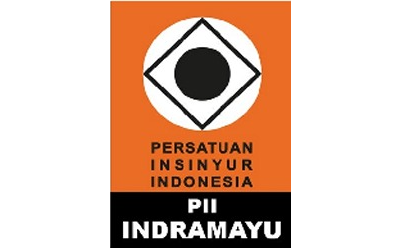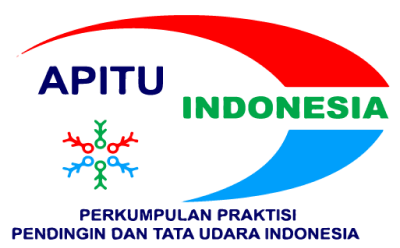UJI PERFORMA MOTOR MATIC 110 CC DENGAN KONSEP BI-FUEL (GASOLINE-LPG)
Abstract
Converter kits are equipment used to translate fuel oil (CNG) into gas fuel (CNG) in convertible vehicles. The use of a converter kit with CNG liquefied petroleum gas (LPG) will be used to optimize engine performance while driving, but its use is not yet known among the public because it is not affordable and there is no transition from fuel to consumed gas. Therefore, it is necessary to design a simple converter kit, affordable by the community, and can be supported on two different fuels. This study redesigned the manual converter kit with a research focus on aluminum gas mixer components with variations in the number of intake mixers (1, 2, and 3) and added mixing zones in the mixer area, using 110 cc single cylinder motorized engine with carburetor fuel system with a variation of 1500-9000 rpm. Engine performance testing is done using a chassis dynamometer. The use of LPG fuel in various types of input mixers is able to increase torque and power on the engine. Engine performance test data shows that the best torque value on the use of LPG materials in input mixer 1, 2, and 3 holes respectively are 17.44 Nm, 16.77 Nm and 11.71 Nm, while for gasoline fuel is 16 Meanwhile, the value of power in the use of LPG fuel with the input of mixer 1, 2 and 3 holes is capable of producing maximum power respectively 7.1 Hp, 7.4 Hp and 7.3 Hp, while for gasoline fuel at 7.7 Hp. The use of LPG fuel with the number of 1 hole mixer input is the best variation compared to gasoline fuel and the number of mixer inputs in the other variations.
Full Text:
PDFReferences
Arifin, S. 2016. Penerapan Fuel Converter Kit BBG yang Berbahan Bakar Gas LPG Pada Motor 200 cc. Skripsi. Fakultas Teknik Universitas Negeri Semarang, Semarang.
Erkus, B. Ihsan Karamangil, M. Sürmen, A. 2015. Enhancing the heavy load performance of a gasoline engine converted for LPG use by modifying the ignition timings. Applied Thermal Engineering. 85: 188-194.
Mahmud, R. dan Sungkono, D. 2015. Komparasi Penggunaan bahan Bakar Premium Dengan bahan Bakar LPG Sistem Manifold Injeksi Terhadap Kadar Emisi Gas Buang Sepeda Motor 4 Langkah. Jurnal Integrasi. 7 (1): 45-49.
Romandoni, N. dan Herlamba Siregar, I. 2012. Studi Komparasi Performa Mesin dan Kadar Emisi Gas Buang Sepeda Motor Empat Langkah Berbahan Bakar Bensin dan LPG. Skripsi. Fakultas Teknik Universitas Negeri Surabaya, Surabaya.
Rezapour, K. Mason, B.A. Wood, A.S. Ebrahimim, M.K. 2014. Bi-fuel SI Engine Model for Analysis and Optimization. Universal Journal of Mechanical Engineering. 2(2): 71-82.
Setiyo, M. Waluyo, B. Anggono, W. Husni, M. 2016. Performance Of Gasoline/Lpg Bi-Fuel Engine Of Manifold Absolute Pressure Sensor (Maps) Variations Feedback. ARPN Journal of Engineering and Applied Sciences. 11 (7): 4707-4712.
Suthisripok, T. Phusakol, N. Sawetkittirut, N. 2017. Bi-fuel System-Gasoline/LPG in A Used 4-Stroke Motorcycle-Fuel Injection Type. 5th Asia Conference on Mechanical and Materials Engineering (ACMME). 9-11 June 2017. Tokyo. Japan. 241: 012021.
Tira, H, Herreros, J, Tsolakis, A and Wyszynski, M. 2012. Characteristics of LPG-diesel dual fuelled engine operated with rapeseed methyl ester and gas-to-liquid diesel fuels. Energy. 47 (1): 620-629.
DOI: https://doi.org/10.31884/jtt.v6i2.192
Refbacks
- There are currently no refbacks.
Copyright (c) 2020 JTT (Jurnal Teknologi Terapan)

This work is licensed under a Creative Commons Attribution-NonCommercial-NoDerivatives 4.0 International License.
 Creative Common Attribution-ShareAlike 4.0 International (CC BY-SA 4.0)
Creative Common Attribution-ShareAlike 4.0 International (CC BY-SA 4.0)













